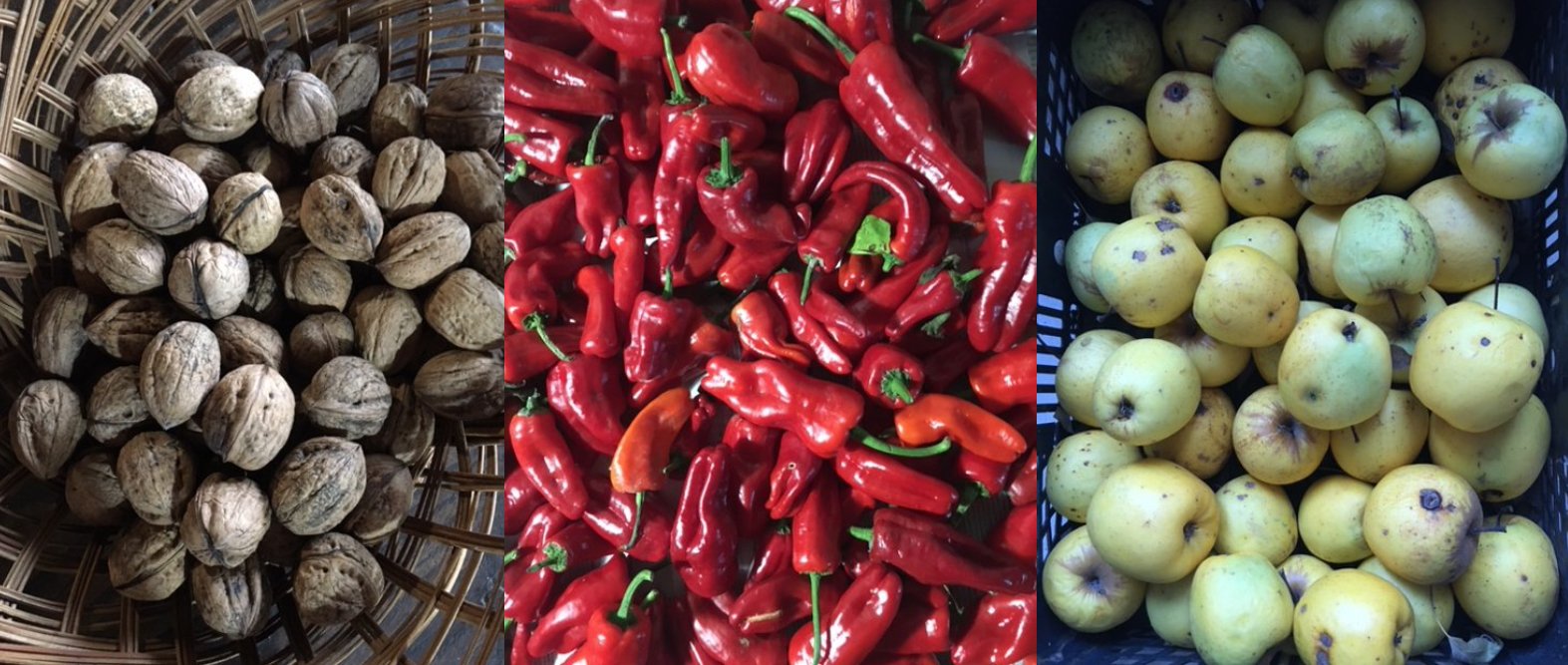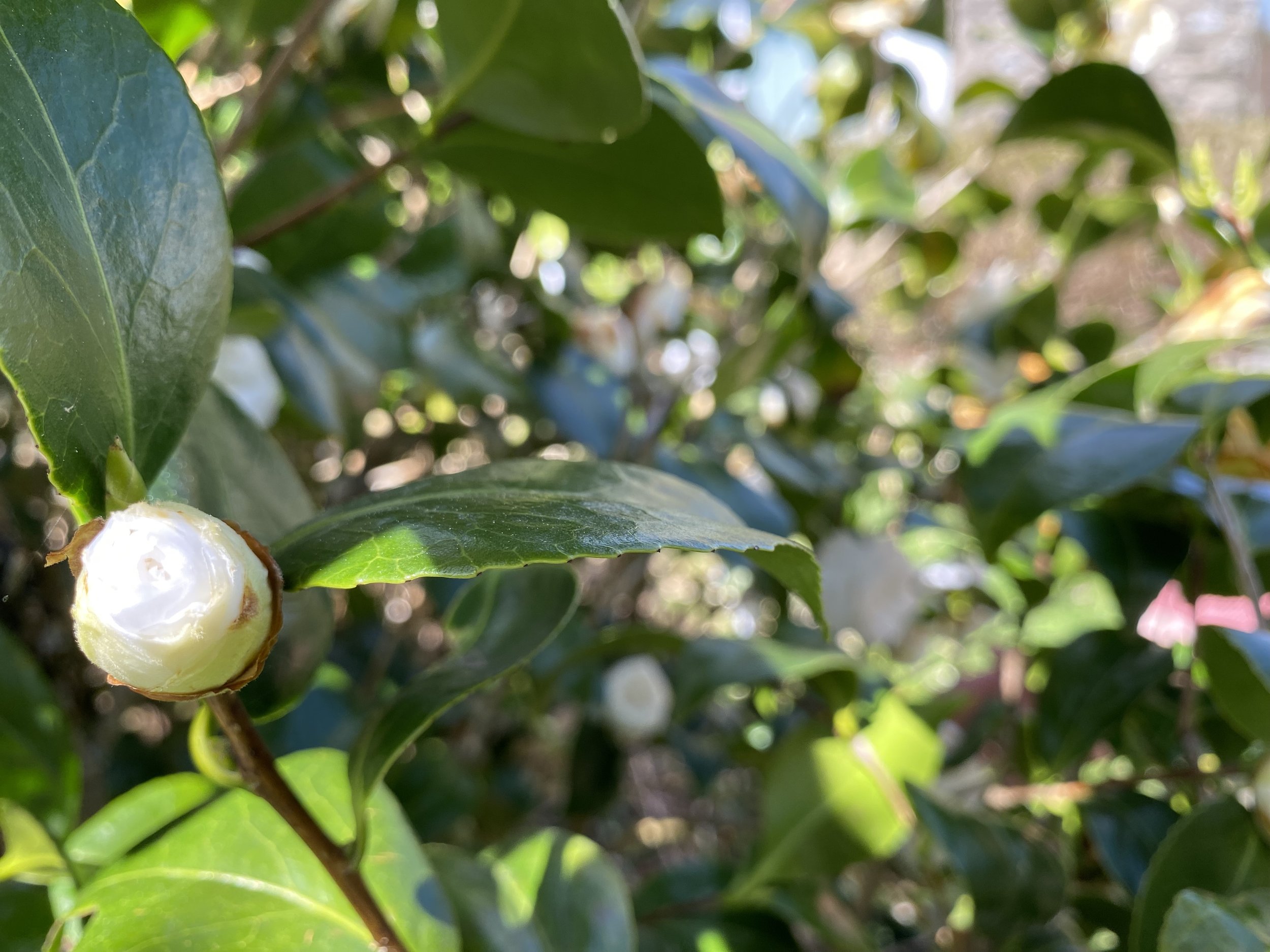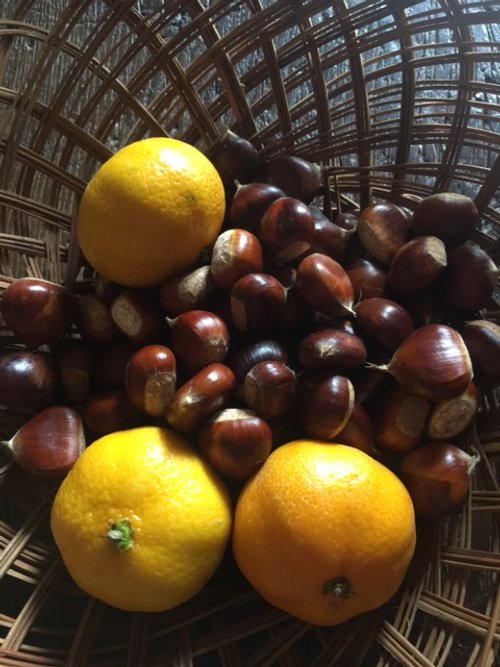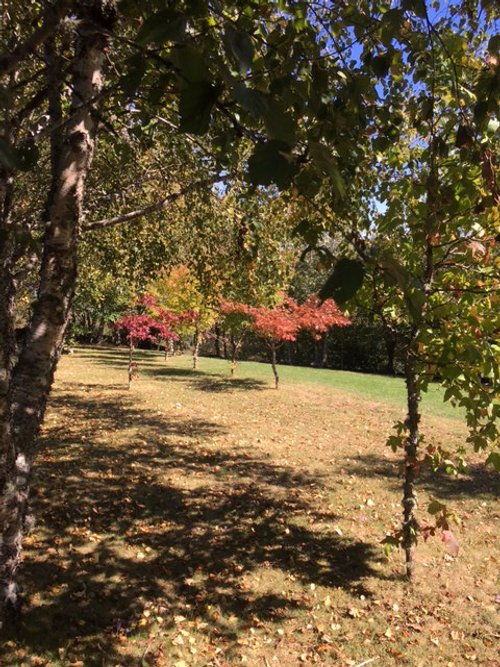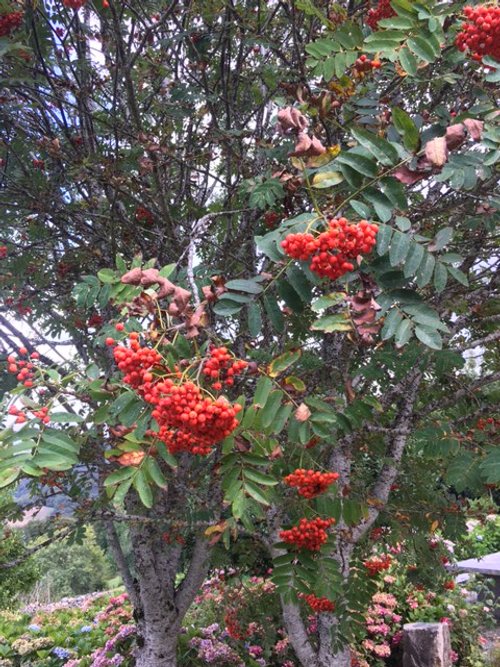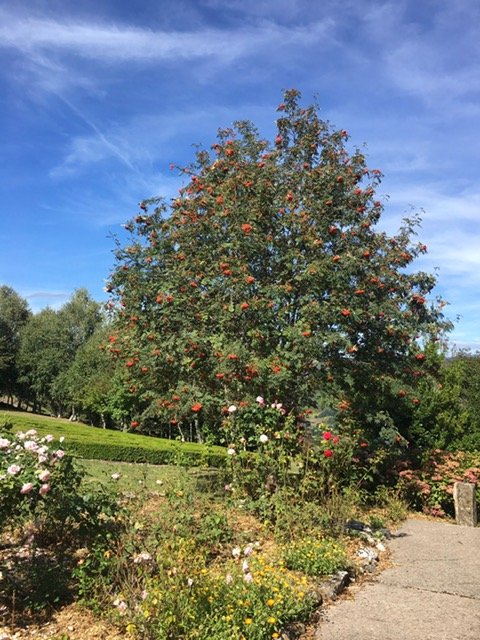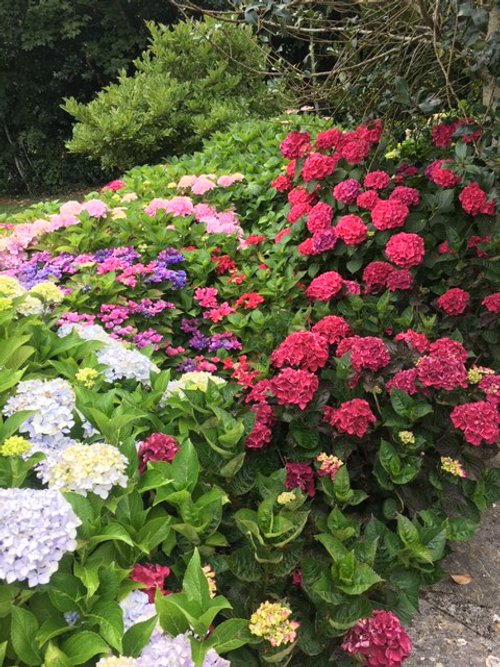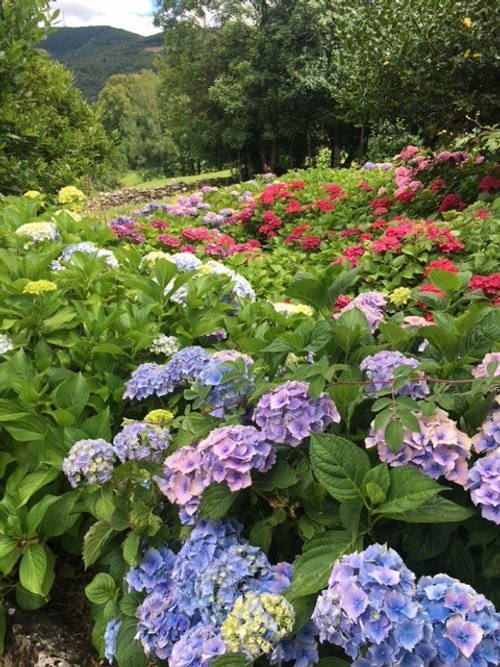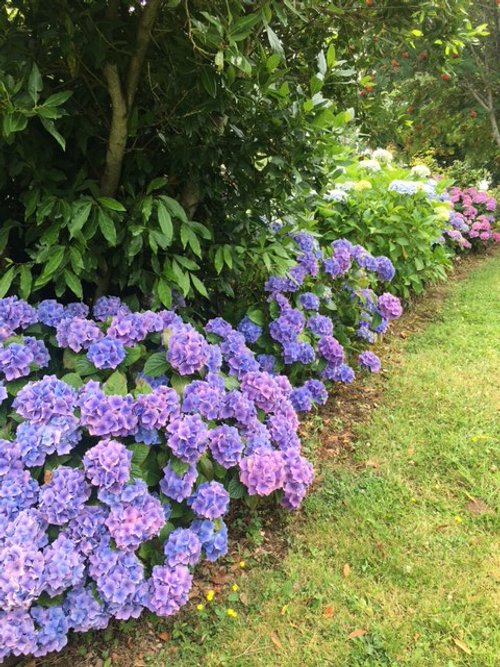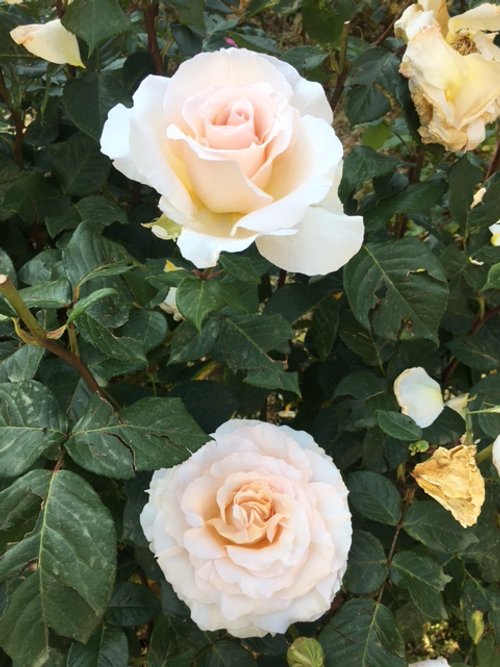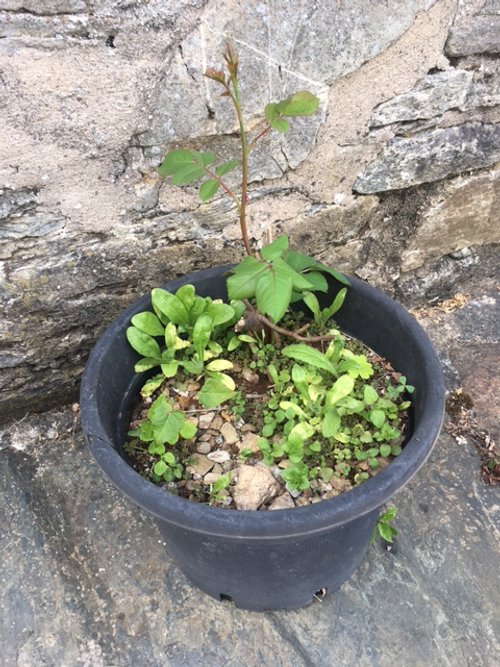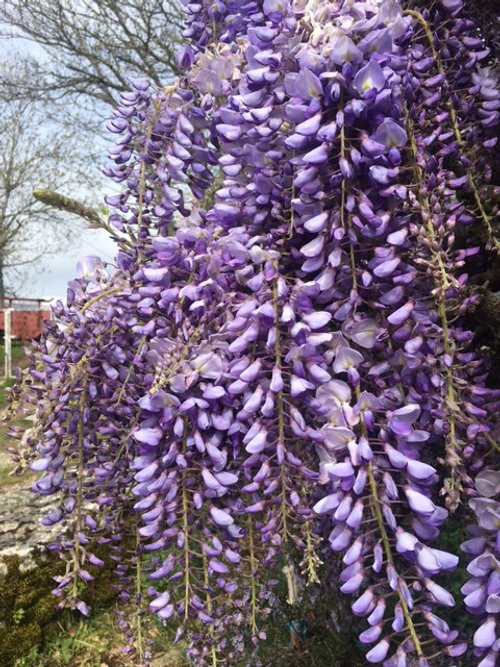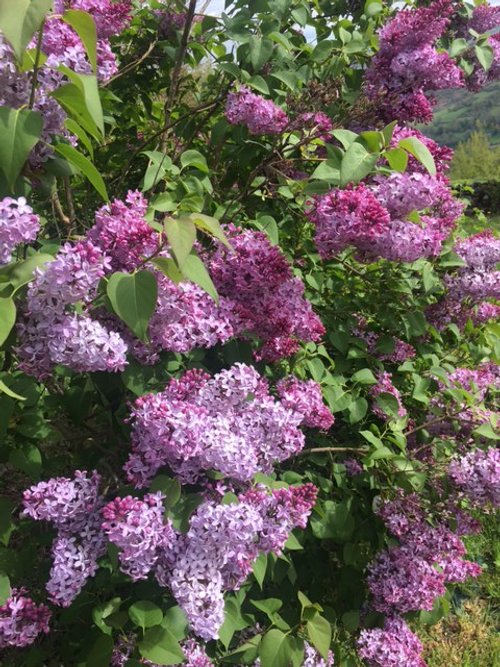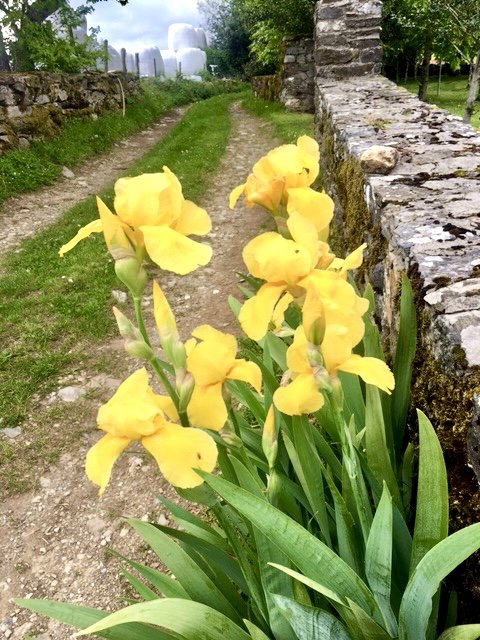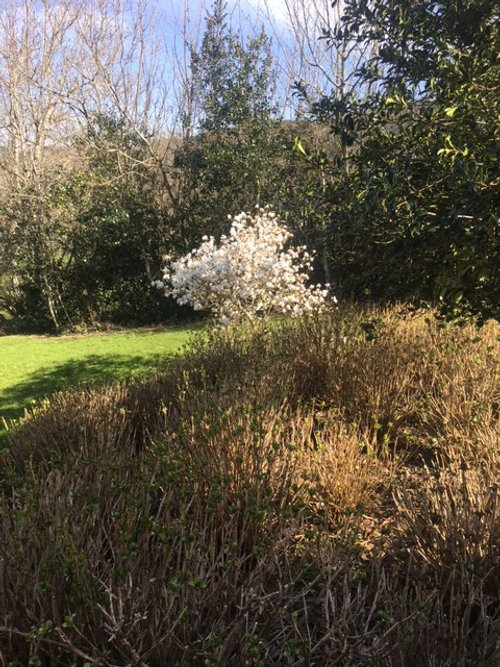November 2024
The penultimate month of the year is always one of contrasts. Chill, foggy mornings, when drops of water falling into dead leaves provide the only sound, are often followed by afternoons when the cows amble past in the sunshine as if it were still August. There are calm nights that invite star-gazing, and others when the lights flicker and the wind howls with such ferocity that I fear for the chimneys.
Thanks to all that noise, I’m often awake in the small hours, mentally listing all the things to be done to prepare for winter. Reviewing this year’e erratic weather and its effects, I’ve concluded that the way forward for the garden lies, not in trying to outwit climate change, but in improving the quality of the soil, so that everything - hydrangeas, roses, vegetable plot, labyrinth and plants in a variety of containers - acquires greater resilience. Luckily the means for doing that lie close at hand. Fallen leaves are everywhere, cow manure is a free gift, collected in a pail from the road in front of the house. Mixed with earth and some grass cuttings, these ingredients promise an ample supply of compost within a few months. I refrain from adding food scraps to the pile, since I have no wish to encourage the rodents that my neighbours strive to eliminate from their barns.
In a space containing so many trees and shrubs, another task has been collecting all the branches broken off by the gales, and breaking these up for fire-lighting material. So far I’ve filled four huge sacks of ‘small stuff’ for the kitchen wood-stove and the fire-place, with more to be had after every gusty night. And then there’s pruning: not a job I could do alone, with 180 hydrangeas and 40 roses, so once most of their leaves had fallen, I asked the ever-helpful Paco Garcia to take his electric saw to anything overgrown or unhealthy. Cut hydrangea stalks dry quickly, and they too make wonderful fire-lighters.
Finally, it’s been fun to fill jars and the freezer with autumn’s bounty, collected in the wild or given by friends who simply have too much of the item concerned. Apple sauce made from windfalls, pears in red wine syrup, walnuts in honey and red pepper jam are this year’s efforts, all of them nice to give back to the donors, but just as nice to have on hand. Despite all the wild weather this year, it’s been a good one for chestnuts, so in the run-up to Christmas I’m going to try to make ‘marrons glaces’ from the big ones. I’ll let you know in the Spring how they turned out.
